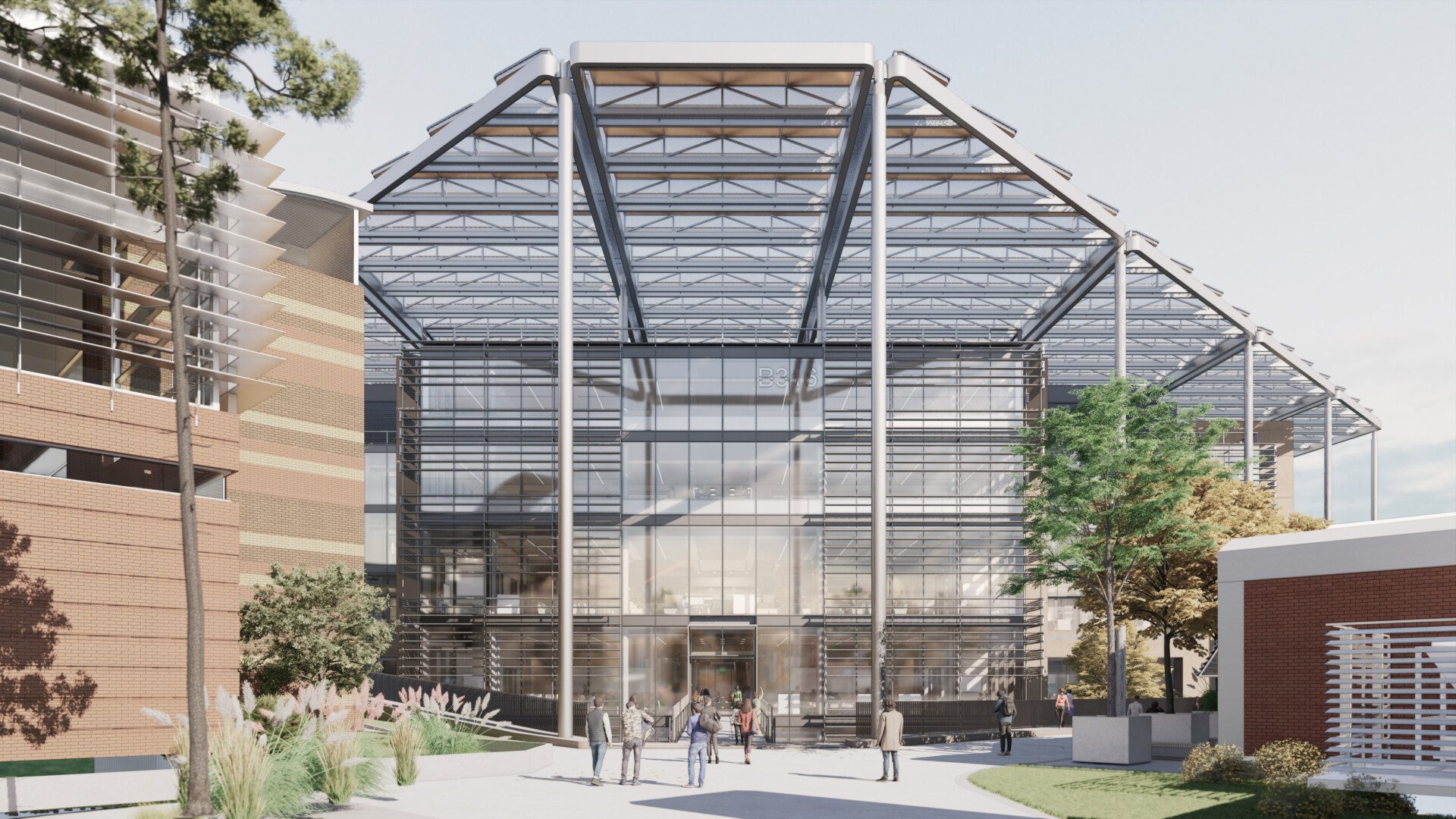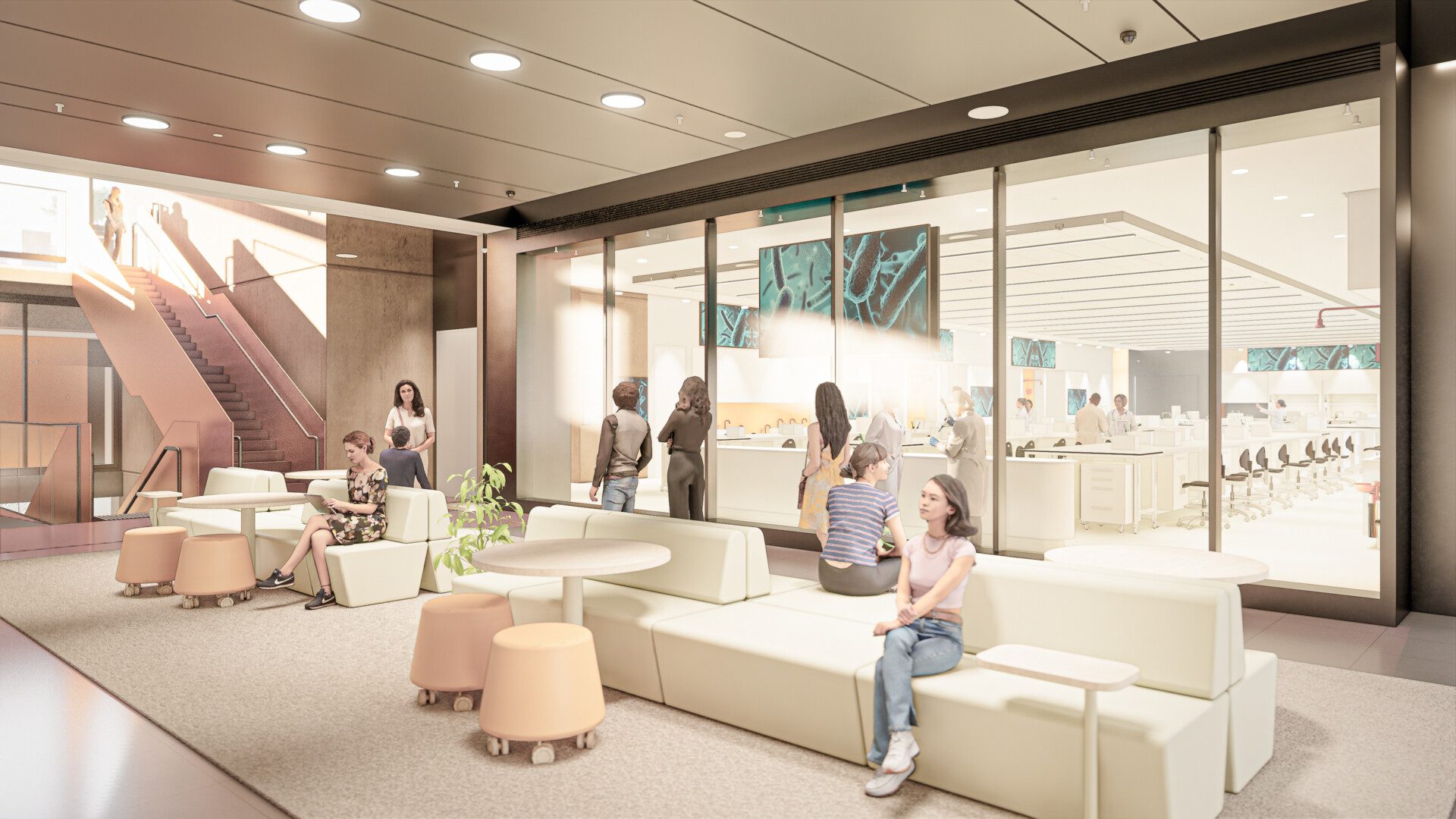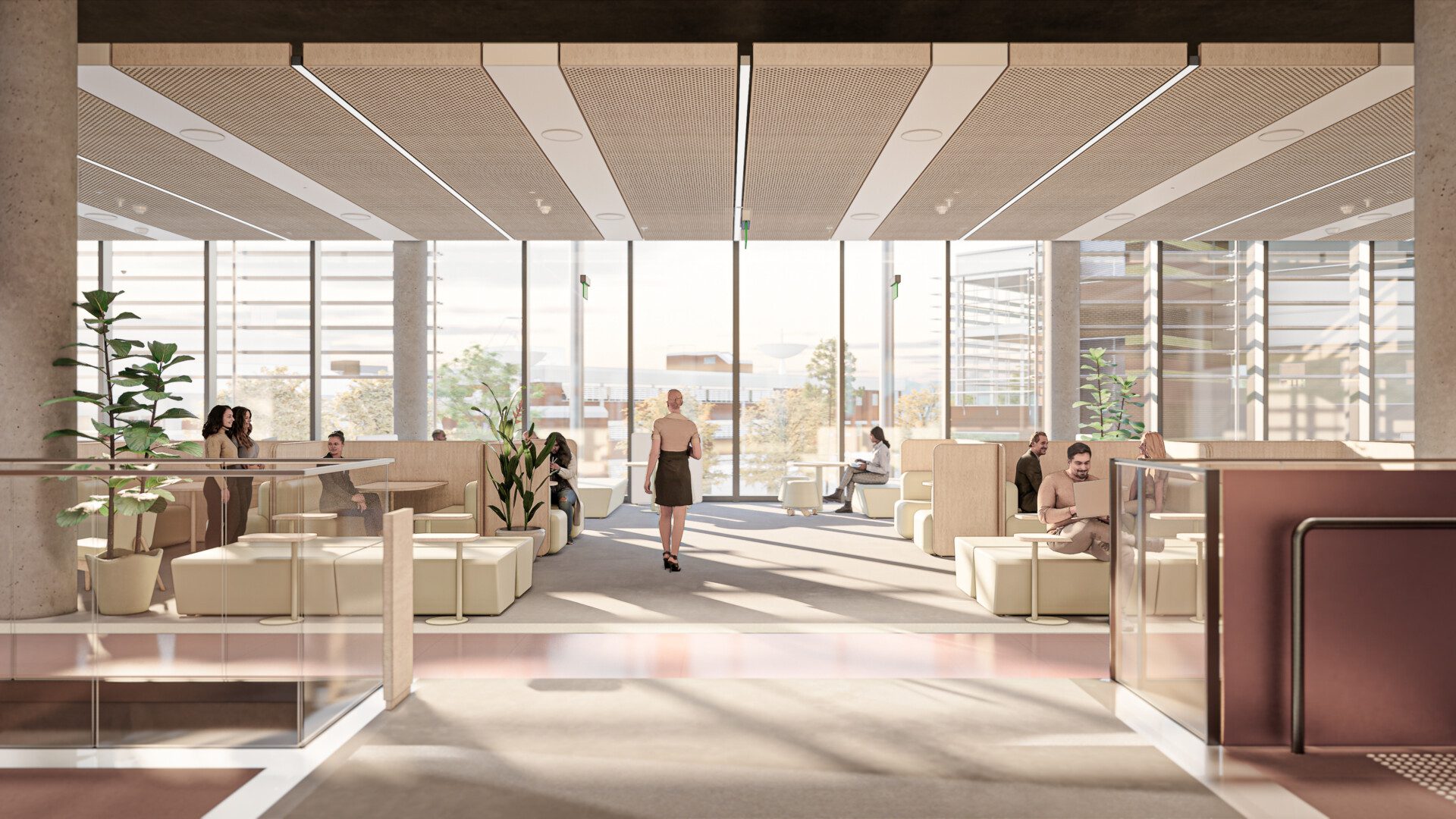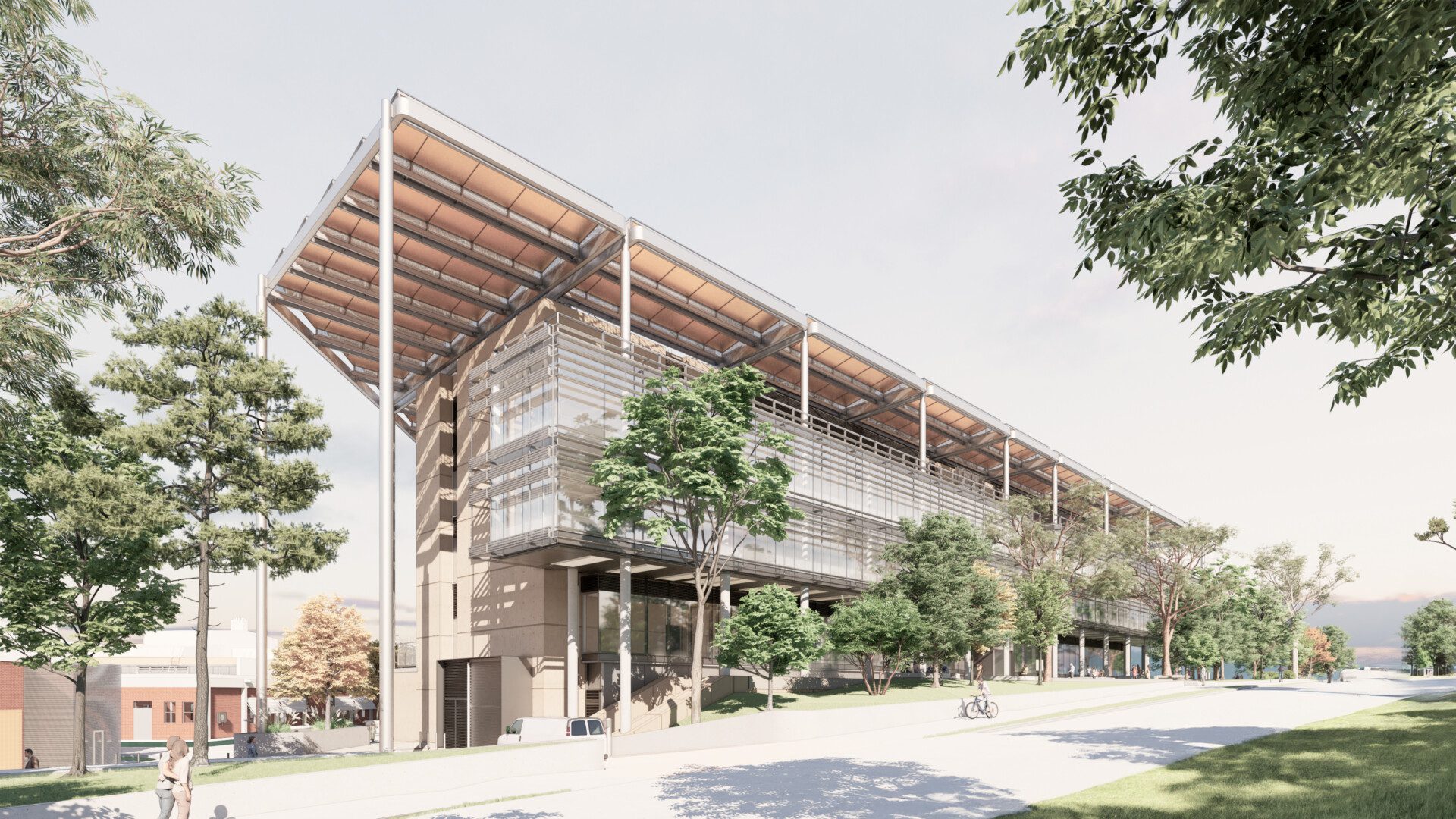More information on Food, Retail & Services
Standard hours for food trucks in:
Creative Quarter: 11am - 3pm
The Hex: 11am - 3pm
Atkinson Forum: 11am - 3pm
Building 500: 8am - 2pm
Find out more about Curtin’s food, retail and other services around campus.






